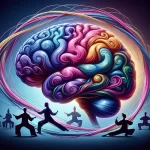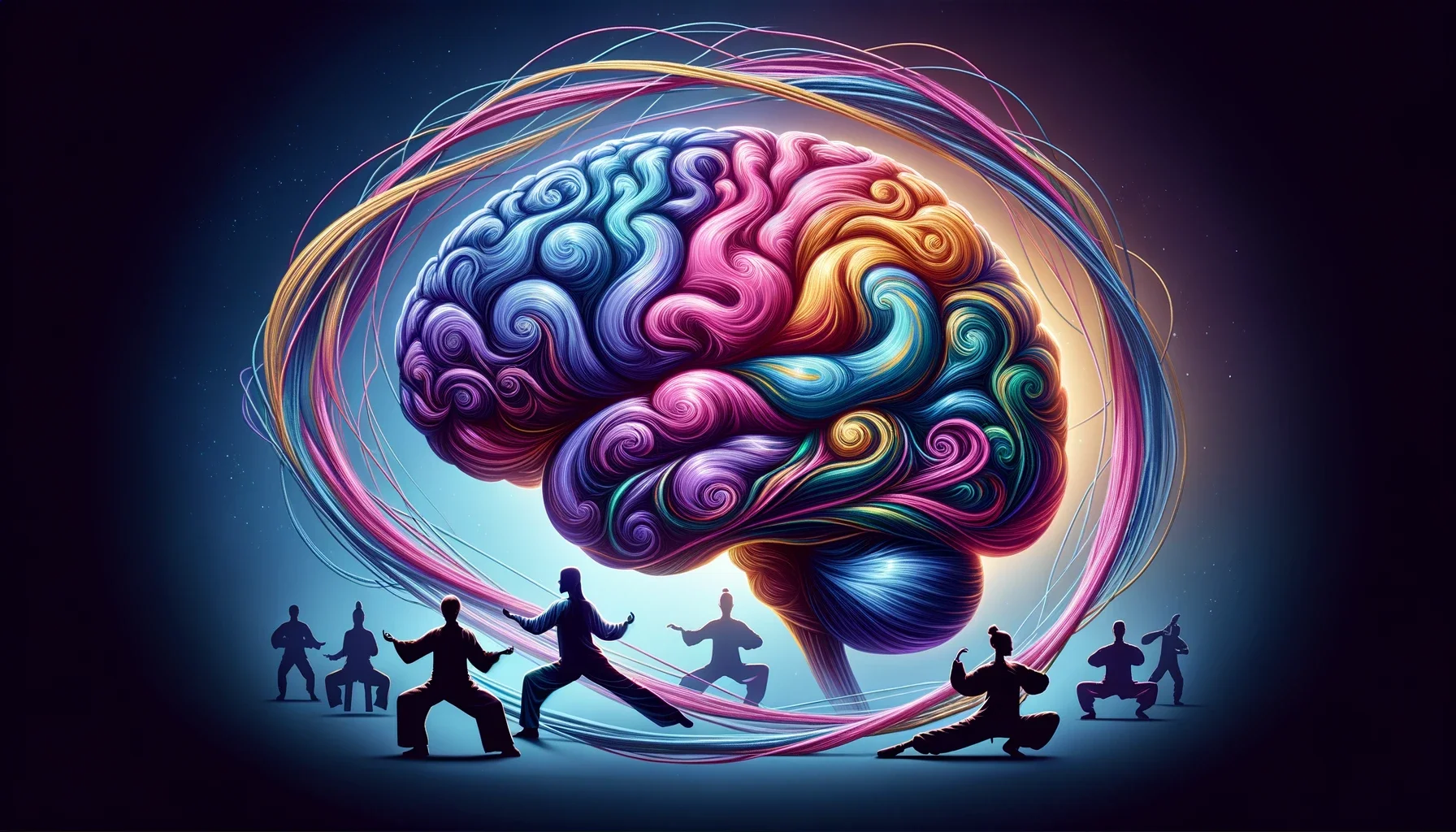Drug Abuse and Depression
When it comes to drug abuse and depression, there’s this interconnection between depression and substance abuse. Here’s a comprehensive overview.
Depression is a prevalent mental health condition that is closely linked to an increased risk of other chronic health issues, including substance abuse. When individuals are experiencing depression, they may turn to drugs and alcohol as a way to alleviate their symptoms.
It is estimated that about one-third of people with clinical depression engage in substance abuse as a form of self-medication to manage feelings of hopelessness, low self-esteem, and despair.
Temporary Relief and Long-term Consequences
While drugs and alcohol may provide temporary relief from depressive symptoms, they can ultimately worsen the condition. Substance abuse can exacerbate the negative emotions and self-destructive behaviors associated with depression, creating a vicious cycle.
Individuals with depression have a lifetime suicide risk of approximately 10%, which can increase to 25% when substance abuse is involved.
Addiction and Dependency
Substance use can quickly lead to addiction, with the body becoming increasingly dependent on these substances. As addiction develops, both depression and substance abuse tend to worsen, each condition fueling the other.
Over time, substance abuse can not only intensify depressive symptoms but also lead to serious health problems, such as brain damage.
Dual Diagnosis
According to the US National Institute on Drug Abuse, individuals diagnosed with a mood disorder are twice as likely to develop a substance use disorder compared to those without a mood disorder.
A national survey by the Substance Abuse and Mental Health Services Administration found that in 2014, approximately 7.9 million adults in the United States had both depression and substance abuse issues.
Research from the University of Utah also indicated that 27% of people with major depressive disorder have a drug addiction. This co-occurrence of disorders is referred to as “dual diagnosis.”
Risk Factors for Depression and Substance Abuse
Certain groups of people are at a higher risk for both depression and substance use disorders. These include:
- Middle-aged individuals (45 to 64 years old)
- African Americans
- Hispanics
- Long-term unemployed individuals
- People unable to work
- Those without medical insurance
Symptoms of Depression
Depression manifests in both physical and mental symptoms, going beyond occasional sadness. Common symptoms include:
- Loss of interest in hobbies, social activities, work, and personal goals
- Feelings of pessimism, worthlessness, and hopelessness
- Irritability
- Difficulty concentrating
- Sleep disturbances (insomnia or oversleeping)
- Appetite and weight changes
While most people experience some of these symptoms at different points in their lives, individuals with clinical depression face multiple symptoms that persist for at least two weeks, posing significant dangers. Severe depression can lead to suicidal thoughts, self-destructive behaviors, and even hallucinations or delusions.
Shared Factors Contributing to Depression and Substance Abuse
Research indicates that many of the same factors contributing to depression also play a role in the development of substance use disorders. Both conditions are linked to issues involving similar brain chemicals and pathways, as well as influences such as family history and past trauma.
Brain Chemistry and Pathways
Studies show that individuals with depression often have lower levels of dopamine, a neurotransmitter associated with pleasure and reward. Similarly, drugs of abuse can alter dopamine levels.
Serotonin, another neurotransmitter commonly linked to depression and mood disorders, is also affected in individuals with alcoholism, who tend to have alterations in their serotonin receptors.
People with certain mental health disorders often have dysfunctional reward pathways in the brain. This dysfunction is also observed in individuals who abuse substances like cocaine.
Childhood Stress and Trauma
Childhood stress and trauma significantly increase the risk of developing both depression and substance abuse disorders later in life. Traumatic events such as the death of a parent, sexual or psychological abuse, domestic violence, and neglect can trigger these conditions.
According to the Brain & Behavior Research Foundation, while there is a clear association between childhood trauma and adult depression, more research is needed to understand why some individuals are more susceptible to depression than others.
Clinical research suggests that exposure to childhood stress lowers levels of oxytocin, a hormone associated with feelings of trust and bonding.
Additionally, the hippocampus, a brain region involved in memory and emotion, tends to be smaller in individuals who suffer from chronic stress.
The National Child Traumatic Stress Network reports that children exposed to trauma, who regularly experience stress, or who have post-traumatic stress disorder (PTSD), are at a heightened risk for substance abuse.
Studies indicate that between one-quarter and three-quarters of people exposed to childhood trauma turn to substance use as a coping mechanism. These individuals often find it challenging to stop using substances because the negative emotions resurface once they do.
Treatment for Dual Diagnosis: Depression and Substance Abuse
Treating a dual diagnosis of depression and substance abuse involves addressing both conditions simultaneously. Without comprehensive treatment, individuals are at risk of relapse into addictive behaviors or experiencing a resurgence of depressive symptoms.
Integrated Treatment Approach
The most effective treatment for dual diagnosis integrates care for both depression and substance abuse. This typically involves a combination of medication and therapy:
Medication
- Antidepressants: These are prescribed to help stabilize mood and alleviate the symptoms of depression. Common types include selective serotonin reuptake inhibitors (SSRIs) and serotonin-norepinephrine reuptake inhibitors (SNRIs).
- Medications for Substance Withdrawal: Depending on the substance being abused, medications may be used to ease withdrawal symptoms and reduce cravings. These can include methadone or buprenorphine for opioid addiction, and disulfiram, naltrexone, or acamprosate for alcohol dependence.
Therapeutic Interventions
- Individual Counseling: One-on-one sessions with a therapist help patients explore the underlying causes of their depression and substance abuse, develop coping strategies, and set recovery goals. Cognitive-behavioral therapy (CBT) is particularly effective in changing negative thought patterns and behaviors.
- Group Therapy: Participating in group therapy provides patients with a supportive community of individuals facing similar challenges. Group sessions can foster a sense of belonging, reduce feelings of isolation, and offer peer support and encouragement.
- Family Therapy: Involving family members in therapy can help repair and strengthen relationships, provide education about the dual diagnosis, and offer a support system for the patient.
- Holistic Therapies: Approaches such as mindfulness meditation, yoga, and art therapy can complement traditional treatments by promoting relaxation, self-awareness, and emotional healing.
Long-Term Management and Support
- Aftercare Programs: Continuous support after initial treatment is crucial for long-term recovery. This can include regular follow-up appointments, ongoing therapy sessions, and participation in support groups like Alcoholics Anonymous (AA) or Narcotics Anonymous (NA).
- Relapse Prevention: Developing a relapse prevention plan helps patients identify and manage triggers, recognize early signs of relapse, and maintain healthy coping strategies.
- Lifestyle Changes: Encouraging patients to adopt a healthy lifestyle, including regular exercise, a balanced diet, and adequate sleep, can significantly impact their overall well-being and aid in recovery.
Successfully treating a dual diagnosis of depression and substance abuse requires a comprehensive, integrated approach that addresses both conditions simultaneously.
Combining medication, therapeutic interventions, and ongoing support provides the best chance for recovery and long-term stability. With the right treatment plan, individuals can overcome the challenges of dual diagnosis and lead healthier, more fulfilling lives.
Conclusion
Understanding the shared factors that contribute to both depression and substance abuse is crucial for developing effective treatment strategies.
Addressing these interconnected issues requires a comprehensive approach that considers brain chemistry, past trauma, and the individual’s personal history.
By recognizing and treating these underlying factors, healthcare providers can offer better support and improve outcomes for those struggling with both depression and substance use disorders.
The link between depression and substance abuse is complex and deeply intertwined. Understanding this relationship is crucial for effective treatment and support.
Healthcare providers must be vigilant in identifying dual diagnoses and providing comprehensive care that addresses both depression and substance use disorders.
Early intervention and a holistic approach to treatment can help break the cycle of addiction and depression, leading to improved outcomes and quality of life for affected individuals.
Bulimia Nervosa An Eating Disorder
Natural Treatments for the Brain
Cucumber Beautifies and Cleanses the Skin
Turmeric for your stomach and skin

A graduate of Computer Science and Information Management Technology. Diploma – Caregiving, Certificates – Dementia and Diabetes Awareness and Management. A researcher, blogger, songwriter, singer and acoustic guitarist. Born in an environment where natural talents such as healing are imparted at our natural birth. This natural talents of healing is the result of our genetic inheritance and the training from family environment.


















